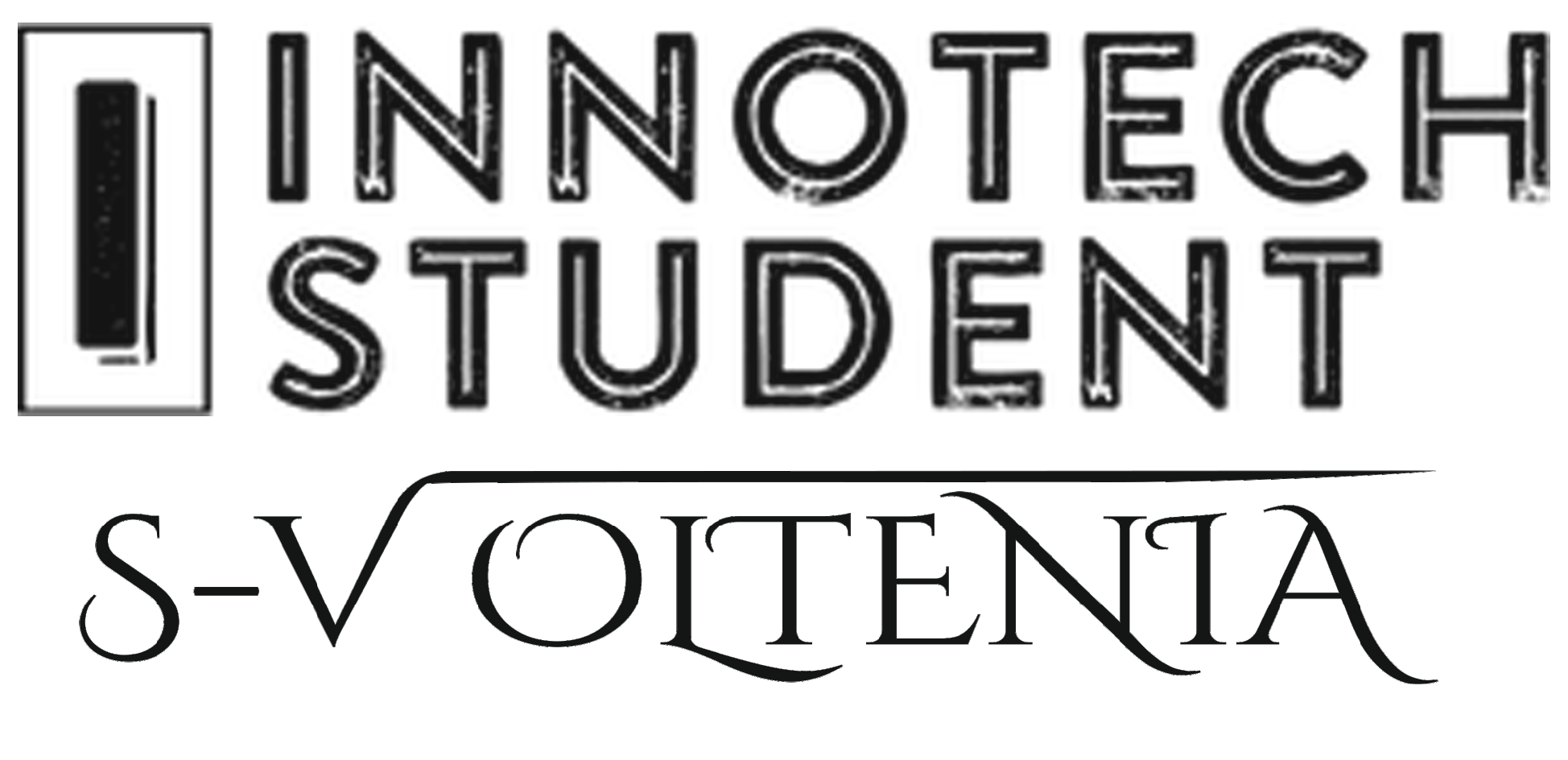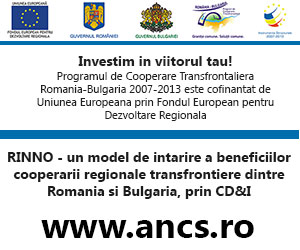INTEGRATED TECHNOLOGY FOR EVALUATION AND DIMINUTION OF ENVIRONMENTAL POLLUTION WITH INORGANIC COMPOUNDS
FROM AQUEOUS MEDIA
ACRONIM : TEHMATdoc/projects/2009-etapa III-.pdf
PROJECT no. :1641
Contract no. : 71-106/2007
Project category: PC
Granting: Public Budget – Minister of Education, Research and Youth
Program 4: PARTNERSHIPS IN PRIORITY FIELDS
DC : 7
Project summary
During the last decade a great interest has been accorded to the synthesis and applications of a conceptually new class of (bio)organic-inorganic hybrid materials. The classical approach to combine the properties of different materials has led to the development of composite materials or lends, where two different phases with complementary physical properties are combined.
Although such materials are macroscopically homogeneous, their properties reflect the nature of the chemical building blocks of which they are composed. The blending of organic and inorganic components and the synergism of their properties in one material is particular useful and allows the development of materials with totally new properties. The synthesis of the (bio) organic-inorganic hybrid materials leads to multifunction materials and the properties control from an atomic scale to a nanometric one.
That is why one of this project objective is the development of new technologies for the hybrid materials synthesis either by grafting the organic component into a mesoporous inorganic substrate or by the sol-gel procedure, starting from inorganic precursors such as metallic alcoxides or organically functionalized alcoxides, the inorganic ions complexing agents being an organic or a biochelating compound.
That kind of hybrid materials can be used with success either for electrochemical sensors with a great sensibility and selectivity, or for inorganics removal and retention from polluted aqueous media. For this reason one of the objectives of this project is to manufacture miniaturized electrochemical sensors that allow fast in-situ evaluation of inorganic ion concentrations.
Another objective of this project is the development of a new procedure for the selective removal and retention of inorganics from polluted aqueous media. Mesoporous silica or alumosilica functionalized with chelatant ligands or containing specific biochelatants for different inorganic ions will be used as active materials. In order to develop a new technology for selective removal and retention of different inorganics, both sensor and inorganic retention unit will be incorporated into an integrated system for the continuous monitoring of inorganic concentration level and diminution of their values in aqueous media.asamblati
Detailed work plan, role and responsibilities of each partner per activity ( for each activity will be mentioned the human resources effort in person*months)
|
Stage/activity
|
Partner
|
Duration
(months)
|
Human resources
(person/ month)
|
|
Stage I. Study regarding the development of an integrated technology based on hybrid materials for evaluation and diminution of heavy metals pollution from aqueous media
|
IPA, UCV, ICF, UB
|
3
|
12
|
|
Activity I.1 Study of bio-organic-inorganic hybrid material synthesis methods in the perspective of their integration in heavy metal ions detection and retention systems
|
ICF (P2)
|
3
|
3
|
|
Activity I.2 Study of nanostructured hybrid bio-organic-inorganic materials used for the heavy metal ion detection from aqueous media
|
UB (P3)
|
3
|
3
|
|
Activity I.3 Study of nanostructured hybrid bio-organic-inorganic materials used for the heavy metal ion retention from aqueous media
|
UCV(P1)
|
3
|
3
|
|
Activity I.4 Study of nanostructured hybrid bio-organic-inorganic materials for environmental integrated monitoring systems.
|
IPA (CO)
|
3
|
3
|
|
Stage II. Technical support for lab tests and experiments with the purpose to develop a new integrated technology for evaluation and reduction of the heavy metal ions pollution in aqueous media using hybrid materials
|
IPA, UCV, UB (P3)
|
6
|
12
|
|
Activity II.1 Presentation of the best solution for heavy metal ions detection sensors manufacture using hybrid materials. Technical support for the detection subsystem manufacture
|
UB(P3)
|
6
|
3
|
|
Activity II.2 Presentation of the best solution for heavy metal ions retention subsystem manufacture using hybrid materials. Technical support for the its manufacture
|
UCV (P1)
|
6
|
3
|
|
Activity II.3 Biochelatants synthesis lab facilities. Test stand endowment
|
UCV (P1)
|
6
|
3
|
|
Activity II.4 Research for defining the integrated technology for the water quality monitoring and improvent
|
IPA(CO)
|
6
|
3
|
|
Stage III. Syntesis and characterization of the nanostructured bio-organic-inorganic hybrid materials for the detection and retention of heavy metal ions. Technical solution for their integration in automatic monitoring systems
|
IPA, UCV, ICF
|
6
|
9
|
|
Activity III.1 Biochelatants synthesis and characterization
|
UCV (P1)
|
6
|
3
|
|
Activity III.2 Nanostructured hybrid bio-organic-inorganic materials synthesis and characterization for heavy metals selective retention
|
ICF (P2)
|
6
|
3
|
|
Activity III.3 Elaboration of optimal solution for hybrid materials usage in water quality monitoring integrated systems
|
IPA (CO)
|
6
|
3
|
|
Stage IV. Lab testing of the hybrid materials for the detection and retention of heavy metal ions from aqueous media
|
IPA, UCV, ICF, UB
|
6
|
12
|
|
Activity IV.1 Testing of retention capacity for processed hybrid materials (in static conditions)
|
ICF (P2)
|
6
|
3
|
|
Activity IV.2 Detection subsystem manufacture (sensor) using hybrid materials and its characterization
|
UB (P3)
|
6
|
3
|
|
Activity IV.3 Retention subsystem manufacture using hybrid materials, its characterization in static and dynamic conditions and optimal operation conditions
|
UCV (P1)
|
6
|
3
|
|
Activity IV.4 Experimental model elaboration (block scheme) for the integrated system (monitoring and retention of heavy metal ions from aqueous media)
|
IPA (CO)
|
6
|
3
|
|
Stage V. Elaboration and testing of the integrated system for the heavy metal ion polluted waters control and purification
|
IPA, UCV, ICF, UB, RAAN ROMAG
|
6
|
28
|
|
Activity V.1 Retention and detection subsystems assembly into the integrated system
|
IPA (CO)
|
6
|
3
|
|
Activity V.2 Case study for heavy metal ions contaminated waters using the integrated system
|
IPA, UCV, RAAN ROMAG
|
6
|
9
|
|
Activity V.3 Round table organization
|
IPA, UVC
|
1
|
6
|
|
Activity V.4 National and international scientific events participation and
scientific papers elaboration for project results dissemination
|
IPA, UCV, ICF, UB
|
6
|
10
|
More information:






